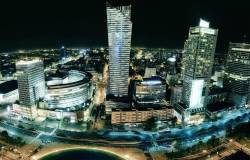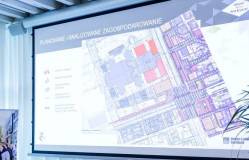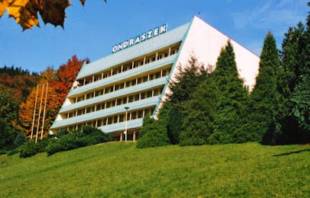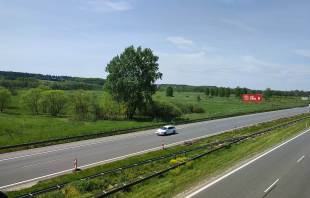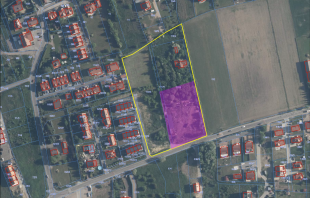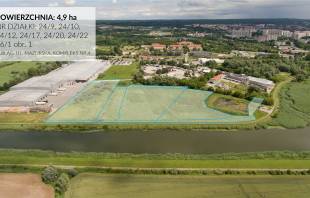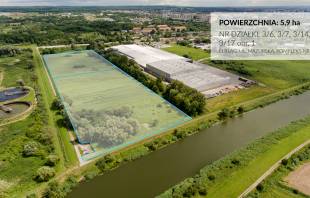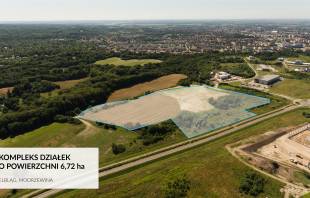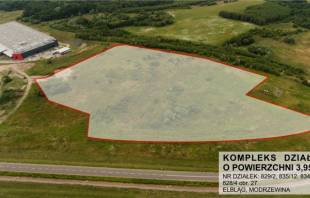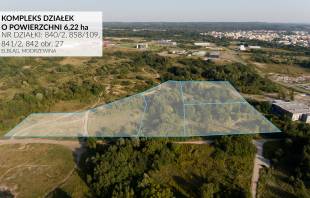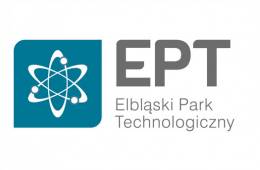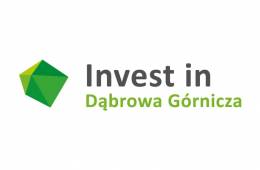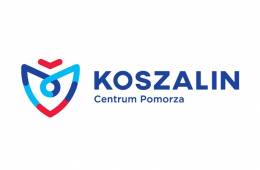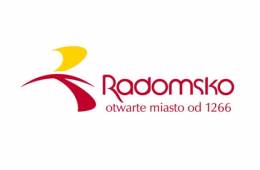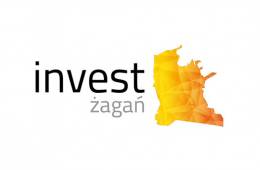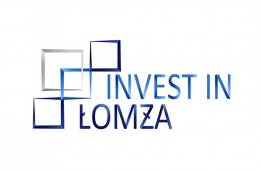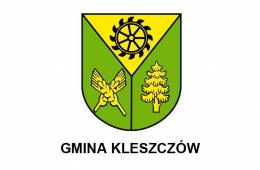Warsaw is catching up with other capitals of Central and Eastern European countries and attracts more and more investors. The advantages of the city are extensive office space, access to qualified staff and open character of the residents. Warsaw authorities are announcing further investments that will help attract investors, including counteracting the effects of such problems as the insufficient number of flats on the market.
The main advantage of Warsaw is that it is the largest economic hub in our region of Europe. 10-12 years ago, it was a Cinderella, an undiscovered city with great potential, but always in the shadow of the dominant cities, like Budapest or Prague, which attracted large investments. With a lot of effort of not only the city authorities, but also the entire market, Warsaw is catching up after historical delays. ‘In terms of capital our country has started to be very attractive, – emphasizes Michał Olszewski, vice-mayor of the capital city of Warsaw.
The report of the Foreign Direct Investment Intelligence „European Cities and Regions of the Future 2018/2019” indicates that Warsaw is at the forefront of European cities of the future. In the category of business-friendly cities, only London and Dublin are ahead of it, leaving behind, among others, Paris, Moscow or Budapest. In terms of the strategy of attracting foreign investments, Warsaw is ranked eighth, and only Moscow is ahead of it.
– Warsaw, which a few years ago had less than 3 million sq m office space, now boasts almost 5.3 million sq m. Soon it will be almost twice as much as in Prague [3.3 million sq m. - ed.]. It is difficult to compare Warsaw with other Polish cities. The entire office space in all Polish medium and large cities is smaller than the one available in the capital. We want to show that Warsaw is the economic driving force of Central and Eastern Europe, – says Michał Olszewski.
At present, Warsaw has nearly 5.3 million sq m. office space, of which 49% is a standard A surface area. For comparison, in Krakow, office space is just over 1 million sq m, and in Wrocław – 900,000 sq m. In the six largest Polish agglomerations outside of Warsaw (i.e. in Kraków, Wrocław, Trójmiasto, Katowice, Poznań and Łódź), the total office space amounts to approx. 4.2 million sq m. In the capital, 27 buildings with a total area of 275,000 sq m were completed in 2017. Another 810,000 sq m office space is under construction.
– Our advantage is also our pool of talents. Warsaw currently has 70 higher education institutions with 250,000 students. It’s twice as much as in Berlin. This means nearly 60,000 graduates a year. All this means that an investor, such as JP Morgan or Goldman Sachs, that looks for a new place to locate their business and for several thousand skilled workers, does not consider other cities in Central and Eastern Europe. Only Warsaw can offer such a pool of talents at such a level and with such a profile of education, – convinces the vice-mayor of the capital.
The number of students of economics and related subjects is over 25% higher compared to other cities in the region – informs Deloitte in its report „Winning in Warsaw - Prospects for Business Services Centers”. The report
– Poland Your Place to Invest 2018” shows that already 72% of the residents of Warsaw have higher education. The capital can boast a high rate of talent absorption from other Polish cities. There is also a good command of English, which is declared by 40% of the residents and 90% of students.
As Olszewski points out, interest in Warsaw remains high, but not every investor will find a place here.
– We are not a city that offers cheap labour, any qualifications on the market. We clearly communicate to investors that Warsaw has its competences and educated employees in the financial and insurance industries as well as in the creative, energy and biotechnology sectors. However, not everyone who is in the profile of our market is able to find a place in Warsaw, – emphasizes the vice-mayor.
Warsaw is also an open city, where a large part of the residents are visitors. An advantage of the capital compared to other European cities is relatively low maintenance costs. Its position is also strengthened by the potential of other major Polish cities.
– We managed to show that we are strong together and that is the thing that distinguishes Poland compared to the rest of Europe. There is no other country in which we have such a strong group of cities outside the capital, – emphasizes Olszewski.
However, the vice-mayor emphasizes that Warsaw is struggling with problems that it must overcome if it wants to attract investors.
– In our opinion, housing is a very important element of the city’s policy, in which we want to invest to attract investments. It sometimes hinders entering the labour market. Today the unemployment rate in Warsaw is 1.8% and the lack of flats is one of the problems that employers face when recruiting employees, – says Michał Olszewski.
It is estimated that in 2017, about 28,000 flats were bought in Warsaw. Experts emphasize, the problem on the market is not demand, but supply. The situation on the labour market makes it difficult also for the construction industry to attract employees.
– We also want to continue investing in infrastructure that will improve the city’s accessibility on an international scale and allow reducing traffic volume in the city. Currently, a lot of transit traffic goes through Warsaw. The second very important issue is subsequent investments in urban transport to improve transportation around the city, – announces Michał Olszewski.
The infrastructure department says that a large bypass, the so-called a big ring of Warsaw will have been completed by 2027. The city also announced that within a few years the development of public transport would considerably reduce the number of car users in the city. Currently, urban transport carries 1.2 billion passengers, which is about 57% of travels around Warsaw other than on foot.


















